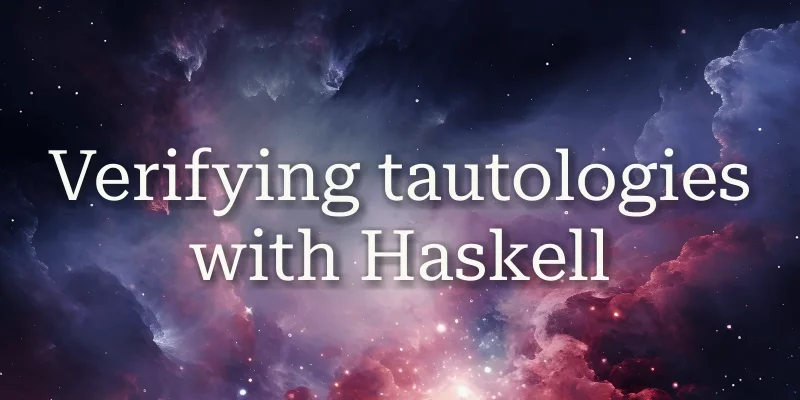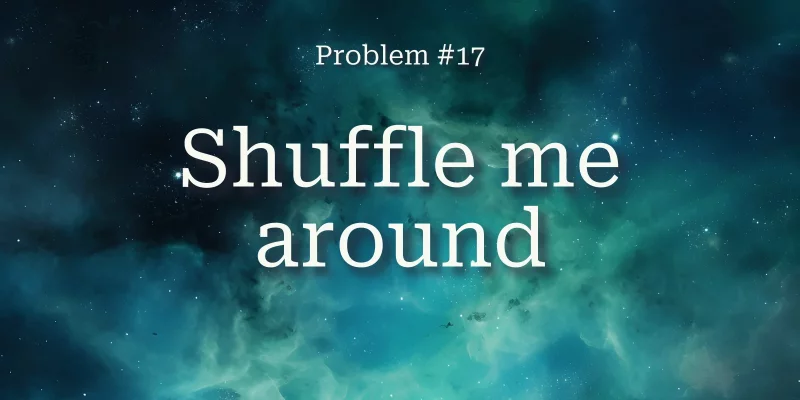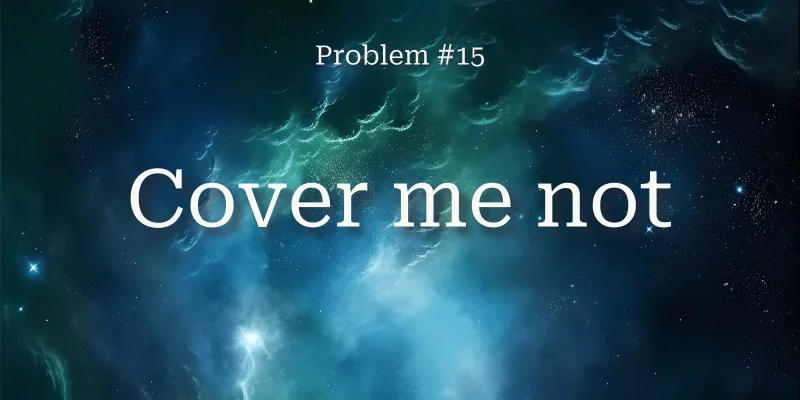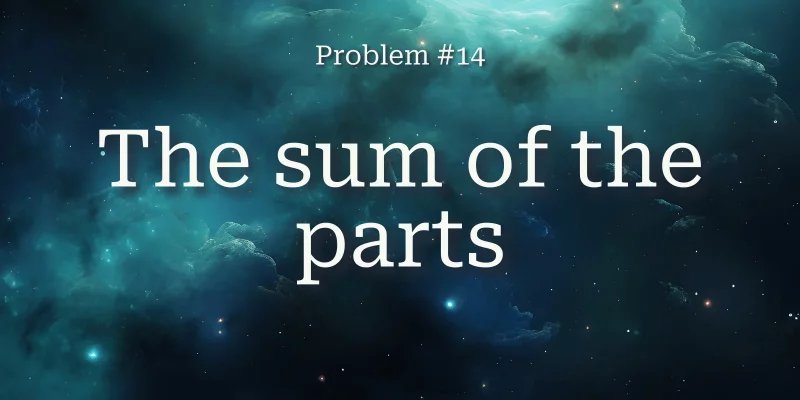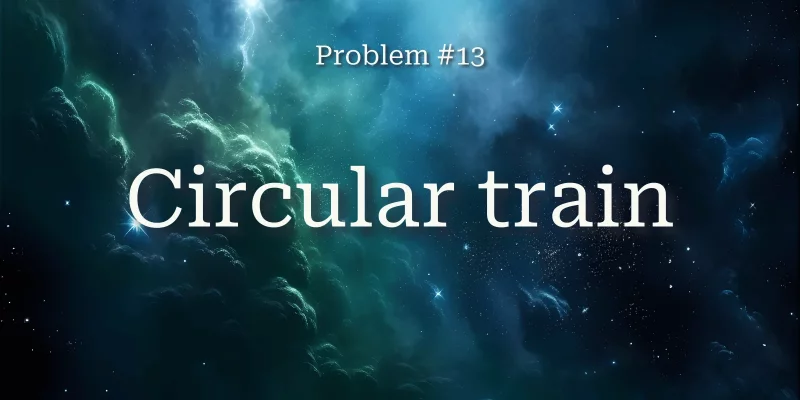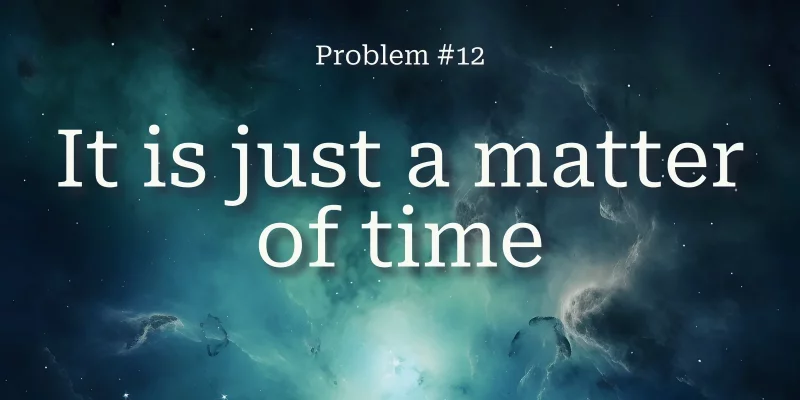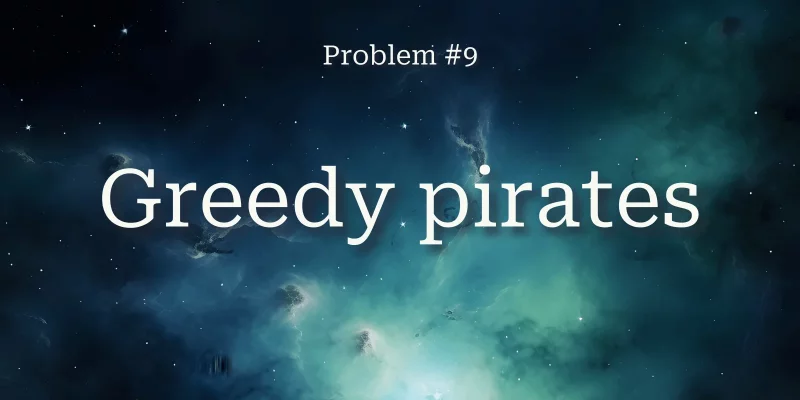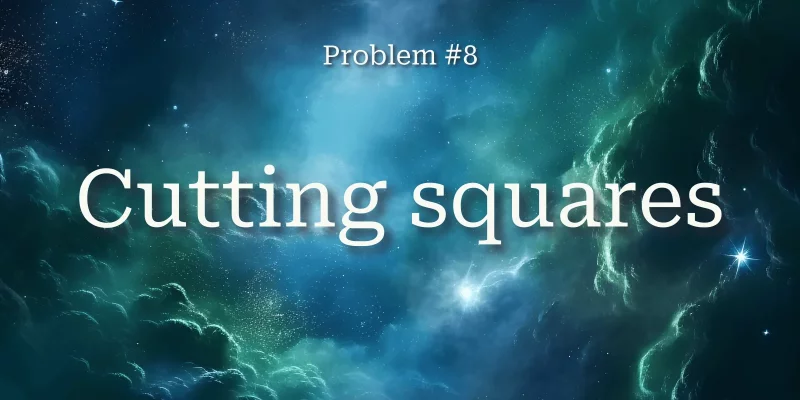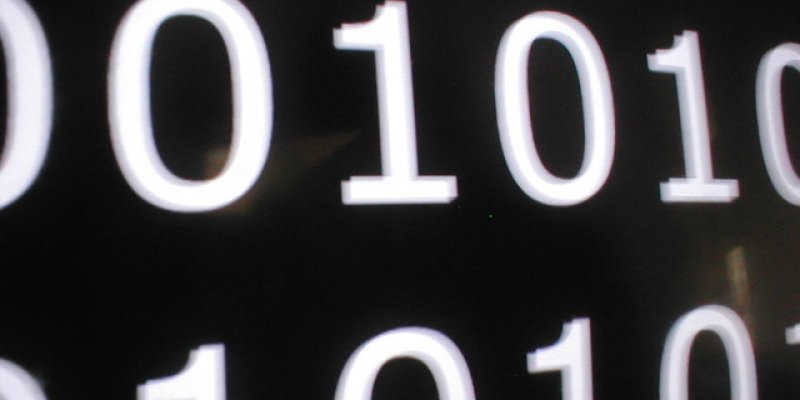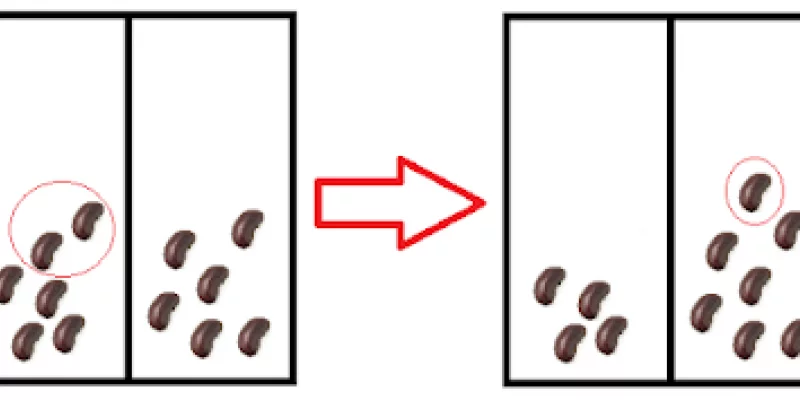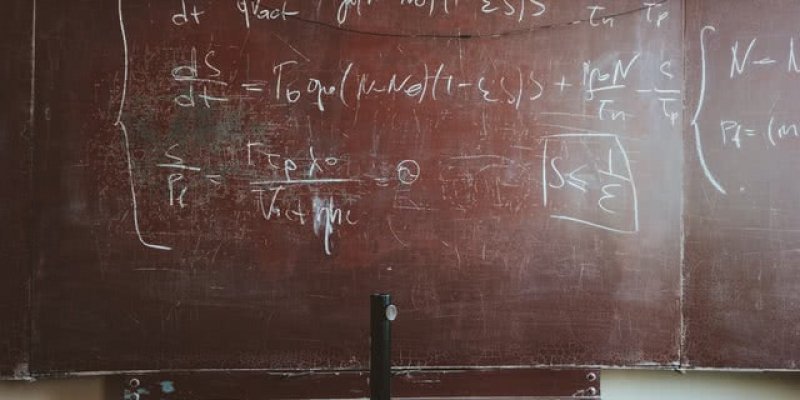Take out a piece of paper and a pencil, I am going to ask you to write some letters in your sheet of paper and then I am going to challenge you to fold the sheet of paper... with a twist!
\(n\) mathematicians with numbered party hats gather around in a circle... It is a matter of life or death!
Let's build a simple APL interpreter! APL is an array-oriented programming language I picked up recently. The ease with which I can write code related to mathematics, its strange built-ins (which look like ⍴, ⍨, ⍒ or ⍣) and the fact that it is executed from right to left make it a fresh learning experience!
This post gives the source code for a small Haskell program that finds if a formula is a tautology.
There's 100 drawers and 100 shuffled balls. Can you find the one I choose?
This post gives you the code to mess around with "Tupper's self-referential formula", a formula that plots itself.
This post shows how fractals occur naturally in broccoli, one of my favourite vegetables.
Can you cover all of the rational numbers in [0, 1] with tiny intervals?
Split the numbers 0, 1, ..., 15 into two sets with sum interesting properties!
In high school I had a colleague that had his birthday on the same day as I did. What a coincidence, right? Right..?
Given some paper squares, can you slice them and then glue them back together to form a single square?
Is it true that every integer you can think of has a multiple written out only with \(0\)s and \(1\)s?
I find the problem in this post rather fun to think about because it is a problem about a game that can actually be played between two players.
In this post we will talk about three different, all very common, ways of writing proofs: proofs by construction, by contrapositive and by contradiction.



